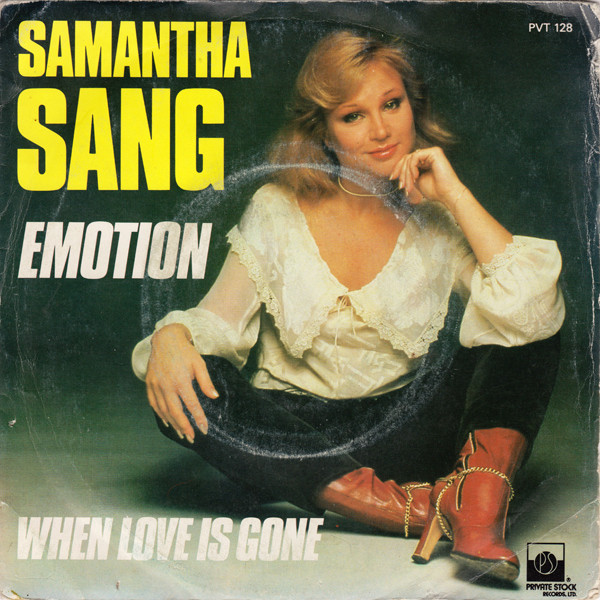Continental Drift 7/19/23- Australia
 Welcome back, at long last, to Continental Drift! Today we are drifting allllll the way to another corner of our spherical globe and visiting the lovely country of Australia. Find the playlist here, and listen back to the episode here.
Welcome back, at long last, to Continental Drift! Today we are drifting allllll the way to another corner of our spherical globe and visiting the lovely country of Australia. Find the playlist here, and listen back to the episode here.
The Commonwealth of Australia comprises mainland Australia, the island of Tasmania, and many other islands. It is the world’s sixth largest country by area and 53rd by population, with a population of 26.6 million. The name Australia comes from “Terra Australis,” a term used to describe a hypothetical continent in the southern hemisphere since ancient times. From 1644 to the early 1800s, it was known as “New Holland,” after Dutch explorer Abel Tasman.
Indigenous Australians include the aboriginal people of the mainland and Torres Strait Islanders, who are a distinct group of Melanesians. Aboriginal people are thought to have arrived in Australia 50,000-65,000 years ago from land bridges in what is now Southeast Asia.
1997 album Waak Waak ga Min Min (Black Crow, White Cockatoo) comes from three Yolngu songmen from Northeast Arnhem Land – Bobby Bunnungurr, Jimmy Djamunba and Peter Milaynga- working in collaboration with Victorian musician Peter Mumme. The result of the collaboration is an electronic fusion with aboriginal vocal elements. The songs reimagine the traditional songs of black crows and white cockatoos.

The didgeridoo is one of the oldest instruments on earth, originating with Australia’s aboriginal people. The didgeridoo is played like an aerophone with a technique called “circular breathing,” which allows for a continuous sound by intaking and expelling breath at the same time. Per tradition, only aboriginal males can play the didgeridoo.
Olive Knight, aka Kankawa Nagarra, is a Walmatjarri and Bunuba woman who was born in the Great Sandy Desert, and is known for for gospel blues. The repetitive nature of the Blues “reminded her of sounds she had been exposed to growing up, such as the nullanulla (hunting sticks), which are used to mark time in ancient ceremonies.” In the 1960s, Olive helped to develop the Walmatjarri dictionary in an effort to officially preserve her language.
Yothu Yindi
The first aboriginal performer to become popular was Jimmy Little, with his debut 1964 song “The Royal Telephone.” “Treaty” by Yothu Yindi is the song considered to have brought aboriginal music as a whole to popularity. It was released in 1991.
Aboriginal Segment:
Djambaku // Waak Waak Djungi
Traditional Didgeridoo // Lewis Burns
Nyantu Yangka Parla Jarranyangany Ngarpuwu // Olive Knight
Royal Telephone // Jimmy Little
Treaty // Yothu Yindi
Australian country, also known as “bush music” or “bushband” is more influenced by Celtic music than American country. “Waltzing Matilda,” a traditional country tune, is considered by many to be the unofficial anthem of Australia. It supposedly originated in 1895, and in 1903, Marie Cowan changed some of the lyrics and wrote a new variation of the tune, and published it in sheet music as an advertising jingle for Billy tea. The National Film and Sound Archive says that there are more recordings of “Waltzing Matilda” than any other Australian song.
Country Sample:
Waltzing Matilda // Slim Dusty
 One of the most fun things to learn when researching Australian music is just how many bands and artists are actually from here. Some of the most surprising to me were AC/DC (pronounced “Acca Dacca” down under), Olivia Newton John, Sia, Keith Urban, Kylie Minogue, and INXS.
One of the most fun things to learn when researching Australian music is just how many bands and artists are actually from here. Some of the most surprising to me were AC/DC (pronounced “Acca Dacca” down under), Olivia Newton John, Sia, Keith Urban, Kylie Minogue, and INXS.
One band I was aware of previously from Australia is the Bee Gees. The group of three brothers Barry, Robin, and Maurice Gibb started in 1958. Initially, their work fell into more of an Australian country sound, however they soon moved to disco. The release of their 1977 Saturday Night Fever soundtrack marked a turning point in their career. Samantha Sang from Australia met up with the Bee Gees in the UK. They collaborated on “Emotion,” which became Sang’s break out song.
 Marcia Hines was an American-born Australian artist with Jamaican heritage. She faced widespread racism in the beginning of her career. R&B and soul music had a significant impact on Australian’s music, although in many cases Australian radio refused to play it. Ike and Tina Turner’s single “River Deep Mountain High” was pulled from radio stations becuase it was “too noisy and too black.”
Marcia Hines was an American-born Australian artist with Jamaican heritage. She faced widespread racism in the beginning of her career. R&B and soul music had a significant impact on Australian’s music, although in many cases Australian radio refused to play it. Ike and Tina Turner’s single “River Deep Mountain High” was pulled from radio stations becuase it was “too noisy and too black.”
Disco/Soul Segment:
Be There in the Morning // Renee Geyer
Signed, Sealed, Delivered, I’m Yours // Marcia Hines
Emotion // Samantha Sang, Bee Gees
Grunge has simultaneous origins in Australia and Seattle, Washington. Sub Pop was a Seattle based record label known for putting out some of the first grunge. Several Australian bands, including Cosmic Psychos and Feedtime are cited as precursors to grunge, their music influencing the Seattle scene through the college radio broadcasts of Sub Pop founder Jonathan Poneman and members of Mudhoney.
Grunge Segment:
74 Seconds // Cosmic Psychos
You Don’t Know My Mind // Feedtime

Indie/Modern Rock Segment:
Void // Beaches
Parasite // Earache
Hey, Did I Do You Wrong? // San Cisco
Run for Daze // Dark Bells
